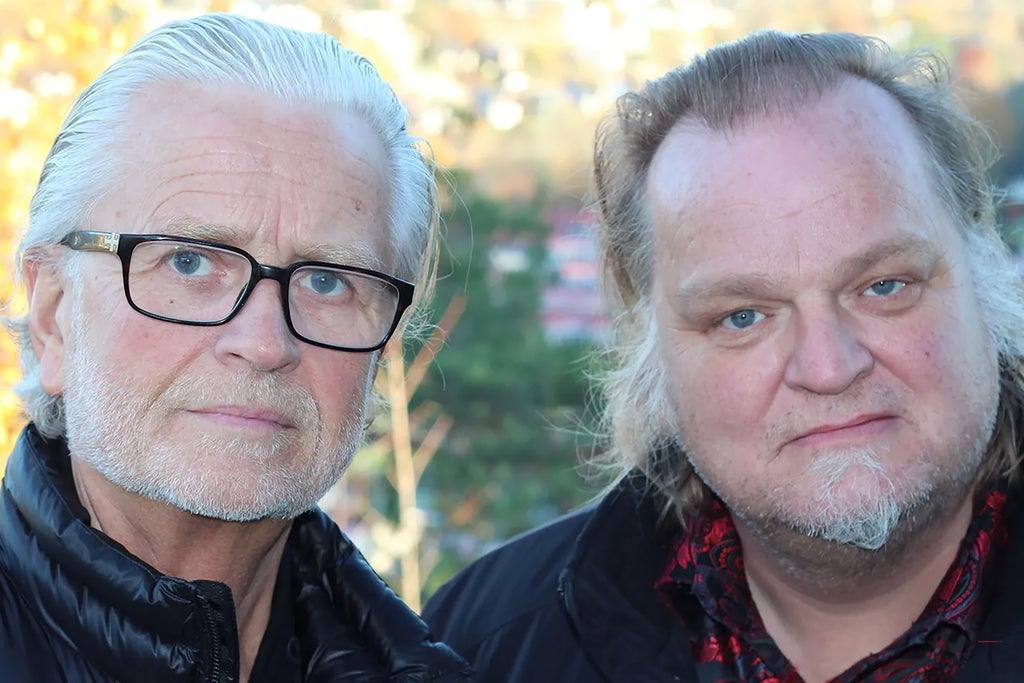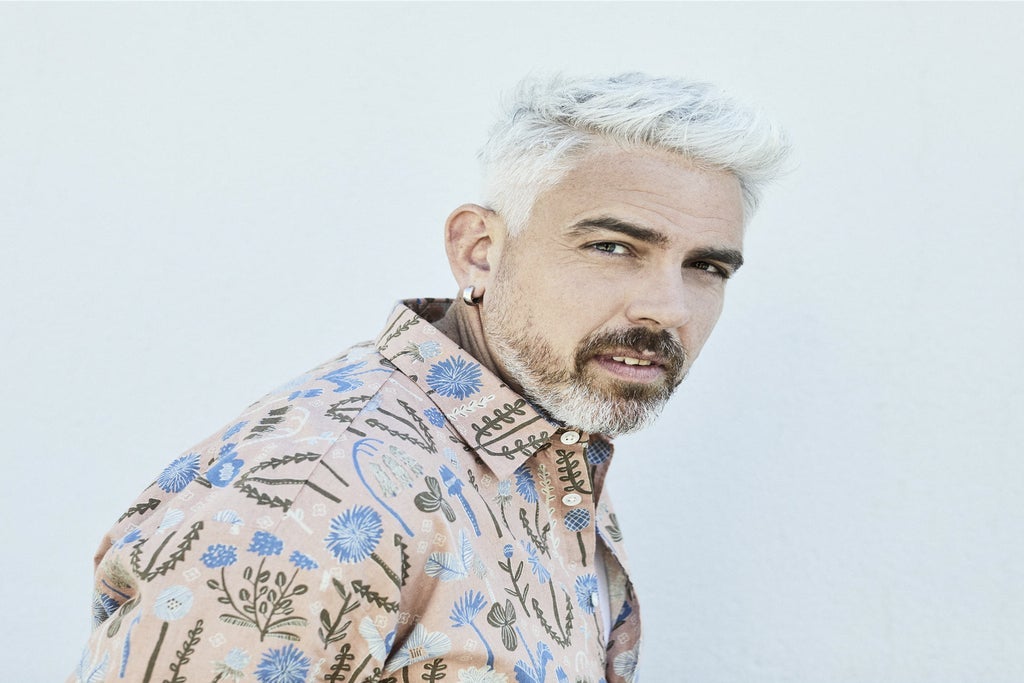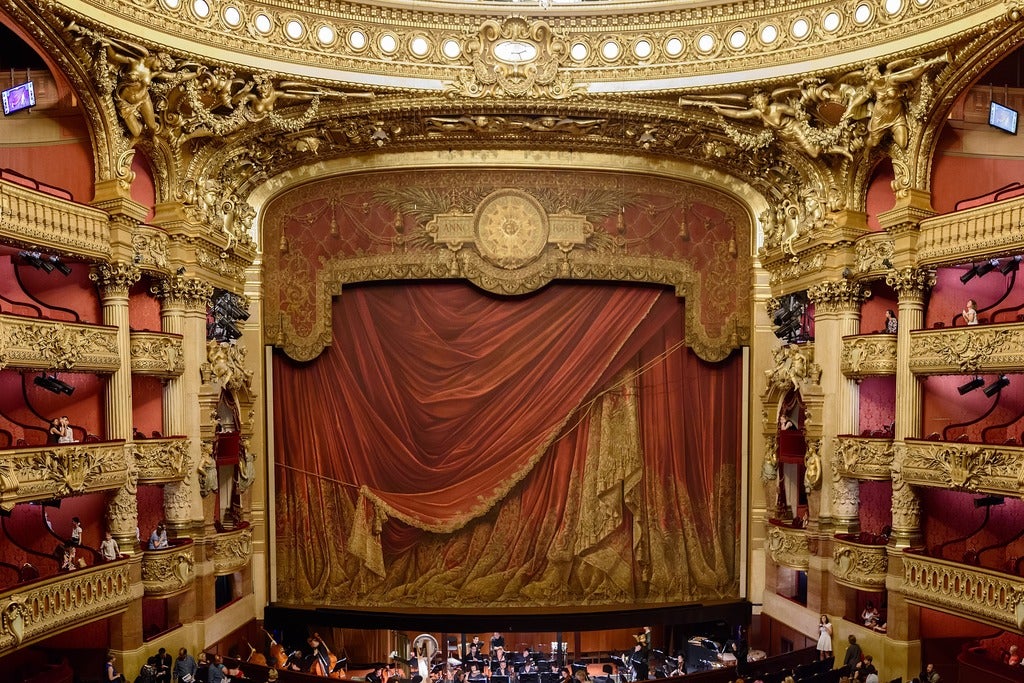In 1881, the twenty-seven-year-old Engelbert Humperdinck became Richard Wagner’s assistant in Bayreuth. Wagner had two more years to live. These two years of intense artistic collaboration on Parsifal indelibly marked the young composer’s life and style. In 1883, the Master died, leaving his disciple “incomplete”. He became a wanderer, travelling throughout Europe, eventually becoming a renowned teacher. Ten years later, in Weimar, Humperdinck completed his masterpiece, Hänsel und Gretel. His sister wrote the libretto, inspired by the Grimm brothers’ fairy tale.
The opera premiered at Christmas under the enthusiastic baton of Richard Strauss. Humperdinck had retained a Wagnerian taste for continuous melody and leitmotiv. However, his fairy-tale opera (Märchenoper) also drew on children’s songs and the sort of popular melodies whose origins tend to become lost in the mists of time.
The result is music that astounds, as deep as the lakes of Germanic legends but at the same time strangely familiar. It conjures up memories of our forgotten childhood as though once, long ago, we ourselves were that very brother and sister lost in the forest, trapped in the grasp of the witch with her gingerbread house.
Cast and Creative team for Hänsel et Gretel at Opéra national de Paris - Opéra Bastille
Mariame Clément Stage director
Julia Hansen Sets and costumes
Philippe Berthomé Lighting
Mathieu Guilhaumon Choreography
Jochen Schmeckenbecher
Peter
Irmgard Vilsmaier
Gertrud
Andrea Hill
Hänsel
Bernarda Bobro
Gretel
Doris Lamprecht
Die Knusperhexe
Elodie Hache
Sandmännchen
Olga Seliverstova
Taumännchen
Videos

|
BENCHED
Rødovre Teaterforening - Viften (3/13 - 3/13) | |

|
Kleive & Reiersrud
Flekkefjord Kirke (4/26 - 4/26) | |

|
Dödlig Duett 1931
Aspenäs Herrgård (10/4 - 11/15) | |

|
Velká muzikálová show
O2 universum (10/7 - 10/7) | |

|
AVATAR: THE LAST AIRBENDER IN CONCERT
Oslo Spektrum (3/18 - 3/18) | |

|
TRYGVE SKAUG-#alltidpåtour
Brygga Kultursal (3/14 - 3/14) | |

|
ROMEO ET JULIETTE
LA COUPOLE (4/4 - 4/4) | |
| VIEW SHOWS ADD A SHOW | ||
Recommended For You



